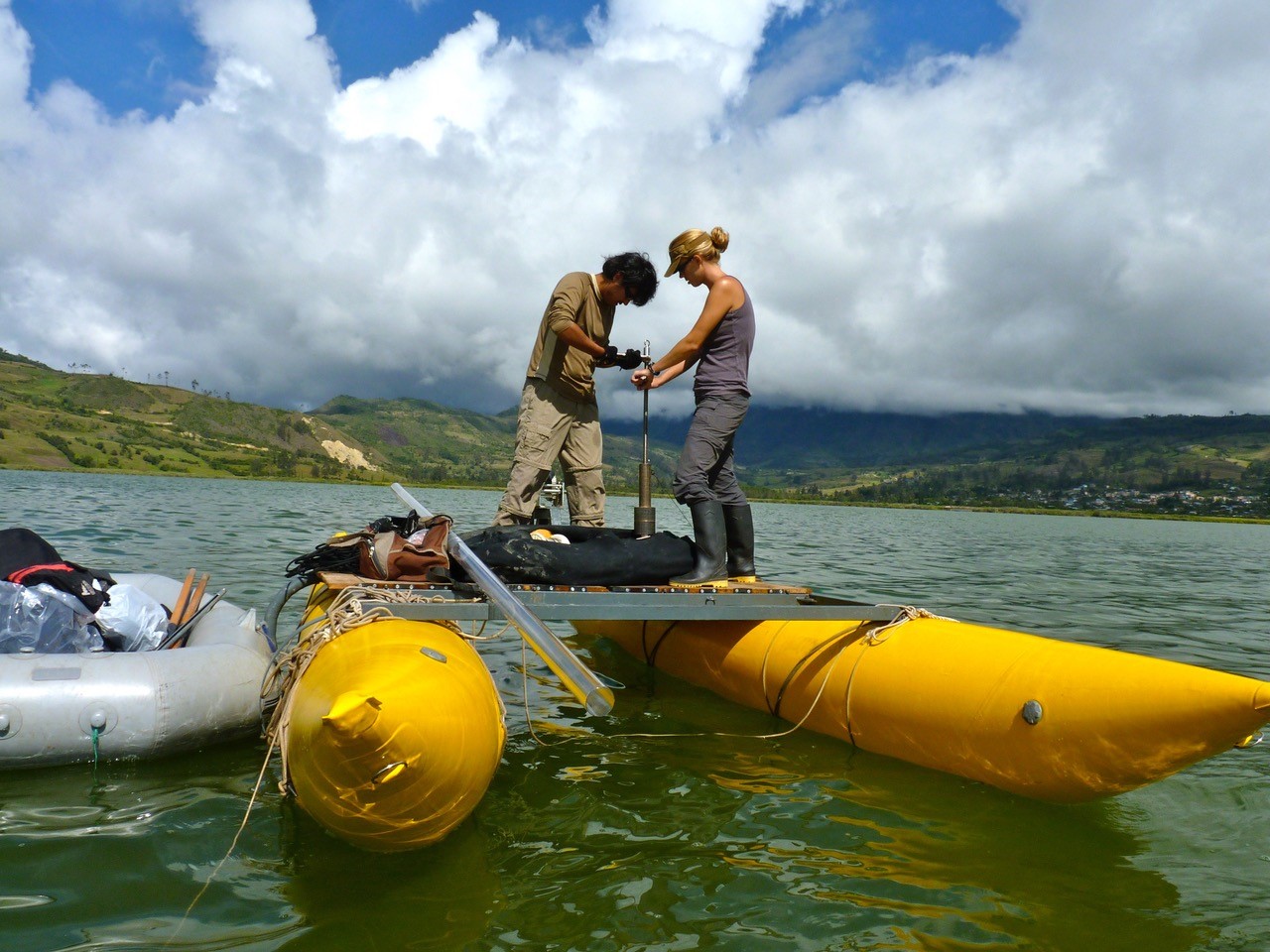Prehistoric Changes in Vegetation Suggest Danger from Global Warming
Planet Warming Drove Major Changes;
It May Do So Again, and Faster This Time
MELBOURNE, FLA. — As the last ice age came to an end and Earth warmed, the planet’s vegetation changed dramatically, reports an international research team that includes Florida Tech’s Mark Bush.
The current warming from climate change may drive an equally dramatic change in vegetation within the next 100 to 150 years unless greenhouse-gas emissions are reduced, the team, led by researchers at the University of Arizona, wrote in the paper, “Past and future global transformation of terrestrial ecosystems under climate change,” published in the Aug. 31 issue of the journal Science.
“We found that ecosystems all over the globe experienced big changes,” said Connor Nolan, a doctoral candidate in the University of Arizona Department of Geosciences. “About 70 percent of those sites experienced large changes in the species that were there and what the vegetation looked like.”
The changes were especially pronounced in the mid-to-high latitudes in North America, Europe and Patagonia — regions that were most heavily glaciated and therefore had warmed the most since the ice ages.
The analysis required synthesizing information from published reports for 594 sites covering every continent except Antarctica. Nolan said the study is the most comprehensive compilation of vegetation and other ecological data covering the period from the height of the ice ages 21,000 years ago to the pre-industrial era.
Knowing the relationship between temperature change and the degree of vegetation change allowed the researchers to determine how ecosystems might change under various greenhouse-gas emissions models.
“We find that as temperatures rise there are bigger and bigger risks for more ecosystem change,” Nolan said.
Co-author Stephen Jackson, director of the U.S. Geological Survey’s Southwest Climate Adaptation Science Center, added, “Under the business-as-usual scenario of greenhouse-gas emissions there’s a very high likelihood of large changes across all the vegetated continents.”
The profound vegetation changes this study revealed took place as Earth warmed 7-13 degrees Fahrenheit (4-7 degrees Celsius) since the last ice age. Climate change projections indicate the world will warm about that much “in the next 100-150 years if greenhouse-gas emissions are not reduced substantially,” the authors write.
One of the regions that changed the least was Amazonian rainforest, home to the greatest wealth of biodiversity on the planet. Mark Bush, professor of biology at Florida Tech, who evaluated the study’s data for Amazonia, says that does not bode well for the forecasted temperature rise: Amazonia is projected to warm an unprecedented 4-9 degrees Fahrenheit (2-5 degrees Celsius) in just the next 100 years.
“This system changed relatively little in the past with the result that plants and animals have not evolved adaptations allowing them to survive novel conditions,” Bush said. “This could be devastating to Earth’s gene pool.”
It is the speed of warming projected for the 21st century and beyond that is of as much concern as the amount of warming. “We’re talking about the same amount of change in 10 to 20 thousand years that’s going to be crammed into a century or two,” Jackson continued. “Ecosystems are going to be scrambling to catch up.”
The changes would threaten global biodiversity and derail vital services that nature provides to humanity, such as water security, carbon storage and recreation, according to study co-author Jonathan Overpeck, dean of the School for Environment and Sustainability at the University of Michigan.
The National Science Foundation, the U.S. Department of the Interior Southwest Climate Adaptation Science Center, the Russian Academy of Sciences and the Russian Foundation for Fundamental Research funded the research.
The Science article can be found at http://science.sciencemag.org/content/361/6405/920.
###





